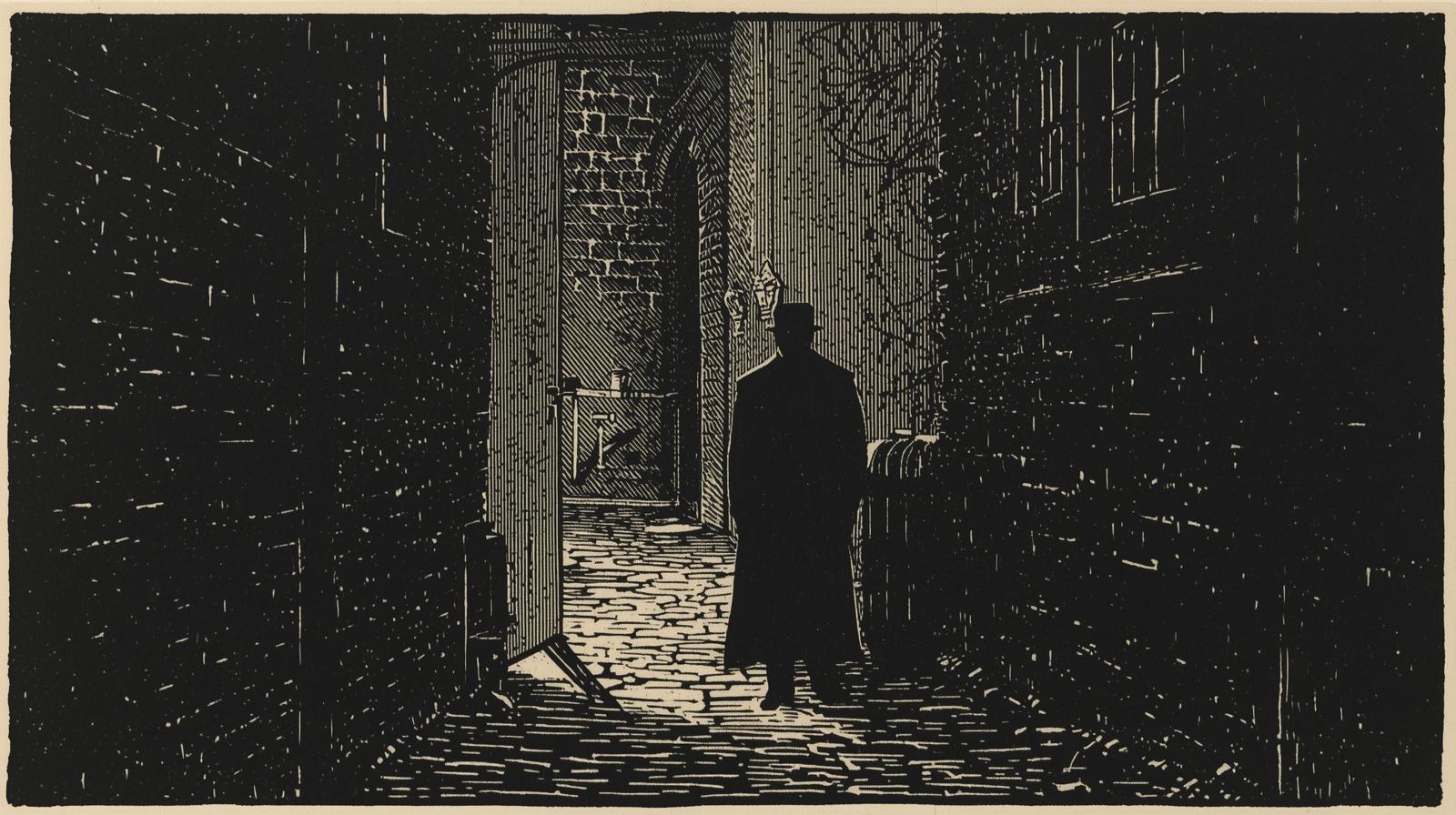After 137 Years, DNA Has Finally Confirmed Jack the Ripper’s Identity
After 137 years, one of history’s most famous murder mysteries is back in the spotlight. The killings that shook Whitechapel in 1888 created the legend of Jack the Ripper, a figure who has inspired countless theories, books, and late-night arguments. Today, new DNA research is being presented as the long-awaited breakthrough. It’s stirring excitement, doubt, and a fresh round of questions about whether the case has finally been cracked or if the search for the truth continues.
A Victorian Clue With Modern Science

Image via Getty Images/utah778
It all comes down to a shawl, a long-preserved silk piece that was claimed to have been found beside Catherine Eddowes, the Ripper’s fourth victim. The fabric, reportedly marked with traces of blood and semen, became a central artifact after British historian Russell Edwards purchased it in 2007.
Using modern testing, researchers compared genetic material from the shawl to descendants of Eddowes and a Polish barber named Aaron Kosminski, who was already a key suspect back in 1888.
The Mystery of Kosminski

Image via Canva
Kosminski had emigrated to London as a young man and lived near the scenes of the murders. Historical police notes described him as mentally ill, and he was later confined to an asylum. His background, proximity to the crimes, and occupation as a barber kept him on investigators’ radar even as the case went cold.
How Science Reopened a Victorian File

Image via Canva
The DNA comparison was carried out by Jari Louhelainen of Liverpool John Moores University and David Miller of the University of Leeds. They analyzed mitochondrial DNA (passed down the maternal line) from the shawl and compared it to living descendants of both Eddowes and Kosminski.
The results, published in the Journal of Forensic Sciences in 2019, showed a mitochondrial DNA match consistent with both individuals’ family lines. The study also suggested that the man who left the genetic material likely had brown hair and brown eyes, though even the authors admitted these traits are common and not unique.
Supporters hailed the research as the most systematic genetic analysis of the case to date. However, it omitted specific DNA sequences, instead presenting results as color-coded graphics, a choice that drew sharp criticism from forensic experts.
Doubt and Debate Still Linger

Image via Peopleimages.com/YuriArcurs
Specialists in forensic genetics have argued that mitochondrial DNA cannot conclusively identify a single suspect, as it is shared by thousands of people within the same maternal lineage.
Other critics question whether the shawl was ever actually at the crime scene, pointing out that its chain of custody is uncertain and that contamination over more than a century cannot be ruled out. The absence of complete genetic data in the published paper also makes independent verification impossible.
True-crime Public Reaction

Image via Canva
Still, the claims have sparked renewed public fascination. Edwards and several descendants of Eddowes continue to seek official recognition that Kosminski was the killer, though scientific consensus remains divided.
If the evidence holds up, Aaron Kosminski may finally replace the myth. It is a strange feeling to consider that after 137 years of speculation involving doctors, royals, and artists, the truth might point to a troubled young immigrant who cut hair for a living in East London.
Reignited Conspiracies

Image via Canva
As the headlines raced ahead of the science, the internet did what it does best: it picked a side and argued with strangers about it. Some hailed the findings as a long-overdue justice for Catherine Eddowes and the other victims. Others accused researchers and historians of chasing publicity by reviving a theory that has been floated, challenged, and repackaged for more than a century.
True-crime communities dissected every detail of the shawl, the DNA, and the published images, turning Victorian tragedy into a modern comment feed battleground that would have even shocked Fleet Street.
Ethics of a “Solved” Mystery

Image via Canva
Beyond the noise sits a serious ethical dilemma. Announcing a suspect so many decades later raises questions about consent, cultural sensitivity, and historical responsibility, especially when direct legal accountability is impossible. Descendants of Kosminski have expressed concern about permanently attaching his name to an unsolved legacy driven by suggestive, not definitive, evidence.
Meanwhile, families of the victims want acknowledgement without sensationalism. The case now lives in an awkward space between science, storytelling, and morality, and Jack the Ripper somehow continues to haunt more than just history books.